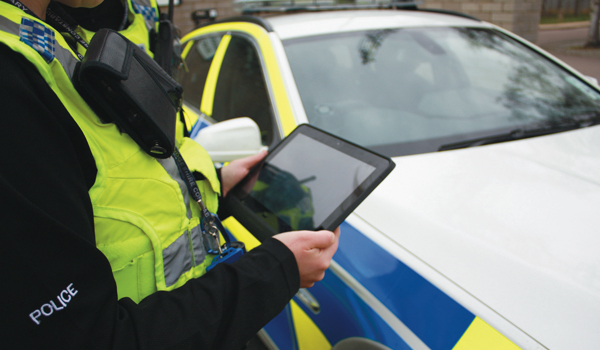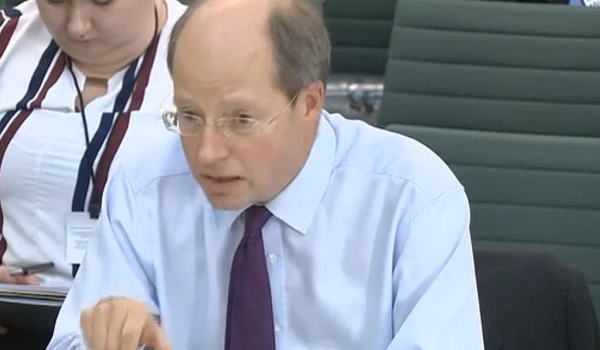Digital defence
High-quality CCTV images can play a vital role inside the police station, as Tim Giles explains to Police Professional.

High-quality CCTV images can play a vital role inside the police station, as Tim Giles explains to Police Professional.
Intelligent video surveillance technology has a host of benefits for police authorities in town centres, transportation networks and many other public and private facilities.
The presence of CCTV can reduce graffiti, loitering and anti-social behaviour, whilst at the highest-level it assists in the prevention and investigation of national security issues. However, the same high-quality digital video recording and advanced video content analytics solutions can have an important and impactful role within the police station itself.
Whether it is for internal review or as part of the judicial process, police stations are under constant pressure to prove that from the moment an individual enters the building to the time they leave, the correct procedures are fully observed in relation to the custody process.
Having a CCTV system implemented throughout the station to monitor and record images in the areas in which a person held in custody will visit such as the charge desk, halls, corridors and custody suites provides a real-time and full historic record of every movement made during this time.
These images can be used to prove or disprove physical ill-treatment, but it is not enough information to demonstrate that procedural compliance in relation to what was or wasnt said. For this reason it is important to synchronise CCTV seamlessly with audio, strategically placing microphones (such as at the charge desk and interview rooms) to capture conversations and statements made between an officer, other staff, official representative and the person in custody.
Of course it is important to have within such a system the ability to securely screen areas of any cameras view to meet privacy and human rights requirements, but still enable a suitably authorised investigating officer to remove the privacy screen from recordings in the event of a serious incident.
With images and audio being recorded and stored together digitally, the benefits many forces already recognise (especially within their command and control rooms) for archiving, retrieval and disclosure purposes are realised for internal affairs.
With the internal surveillance system in place (whether at a single site or more likely across multiple locations) it is possible to integrate with the many other security and life-safety systems such as intercom and access control, and the provision of user interfaces that are specifically designed to facilitate custody management, including automatic display of cell cameras, instant replay and reporting.
One such implementation is being rolled out across 27 stations for a police authority in mainland Europe. Not only has it already proven effective in confirming procedural correctness, but has also contributed to saving lives.
The project was delivered in response to a number of deaths in custody largely due to substance abuse. It involves the integration of more than 1,000 CCTV surveillance cameras and 1,000 microphones across 27 custody sites, providing synchronised, continuous, high-quality recording of all video and audio from the moment a person arrives through the doors of the police station, attends the charge desk, moves along the halls and corridors, within the custody suites (including the interview process) and cells.
Almost immediately after the first implementation, the system helped save the life of a man in custody. Prior to introduction of the system, staff were mandated to physically check cells every 30 minutes. The new solution automatically displays video from each cell to staff in between physical checks. On this occasion, duty staff were able to see immediately when a detainee made an attempt to hang himself and successfully intervene. Without the advanced video surveillance system, the situation would almost certainly have ended in tragedy some 30 minutes too late.
The implementation



